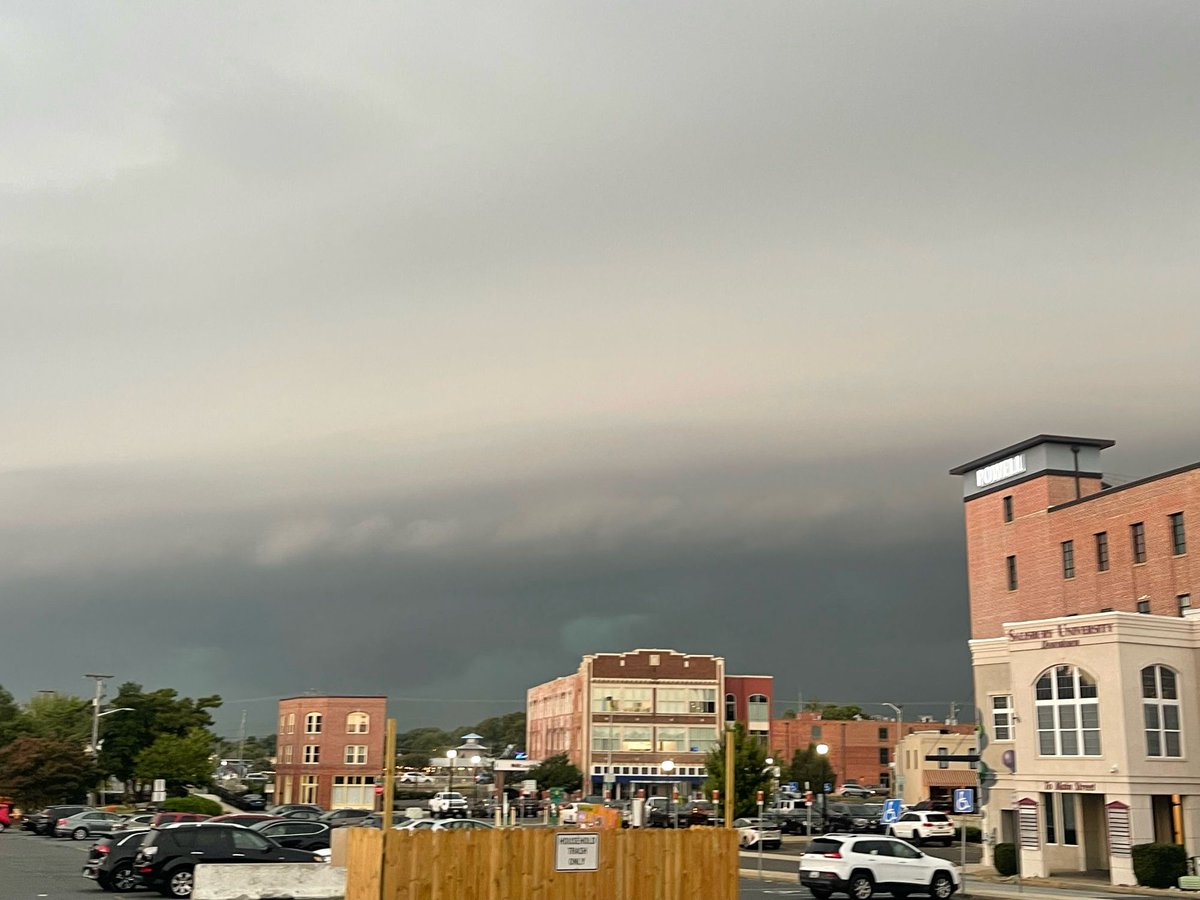
Rich Wirdzek
@richwirdzekwx
Chief Meteorologist @47abc WMDT | Emmy and AP Award Winner | Occasional help for @WHIZnewscom | AMS TV Seal of Approval | Prior 📺: @whiotv & @wcbinews
ID: 720073435632640001
https://www.wmdt.com/weather/ 13-04-2016 02:17:40
4,4K Tweet
1,1K Takipçi
1,1K Takip Edilen




































